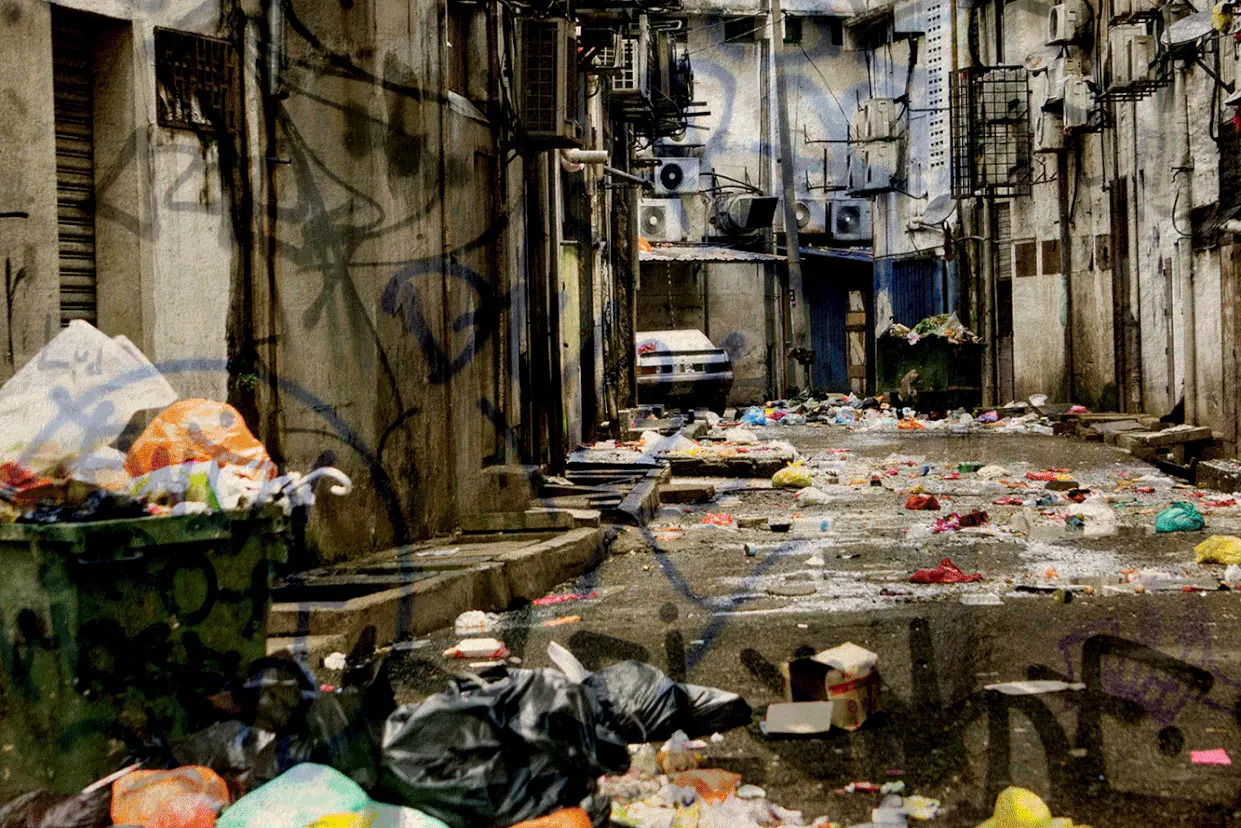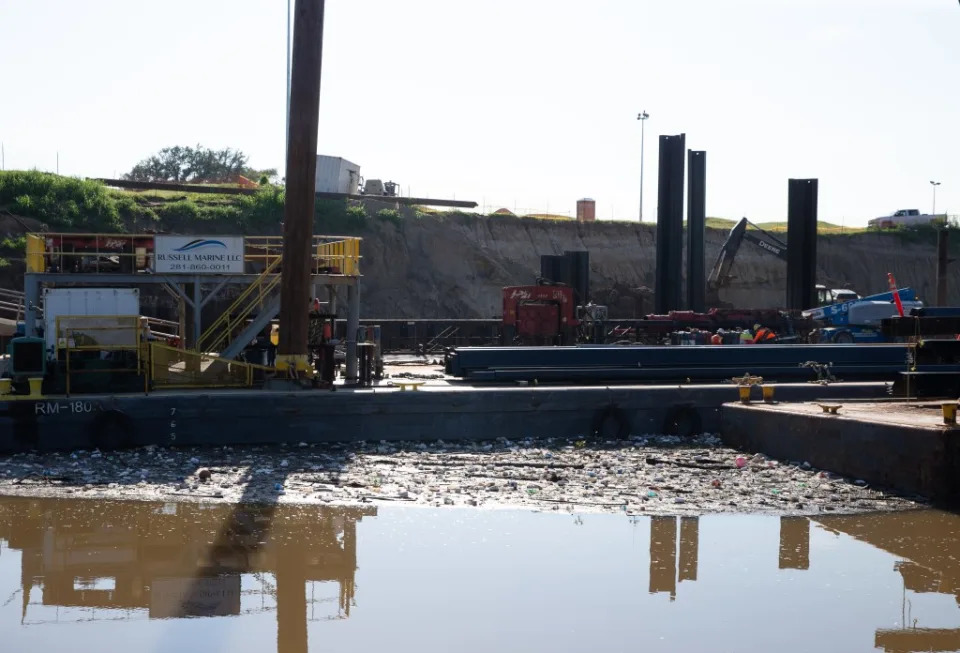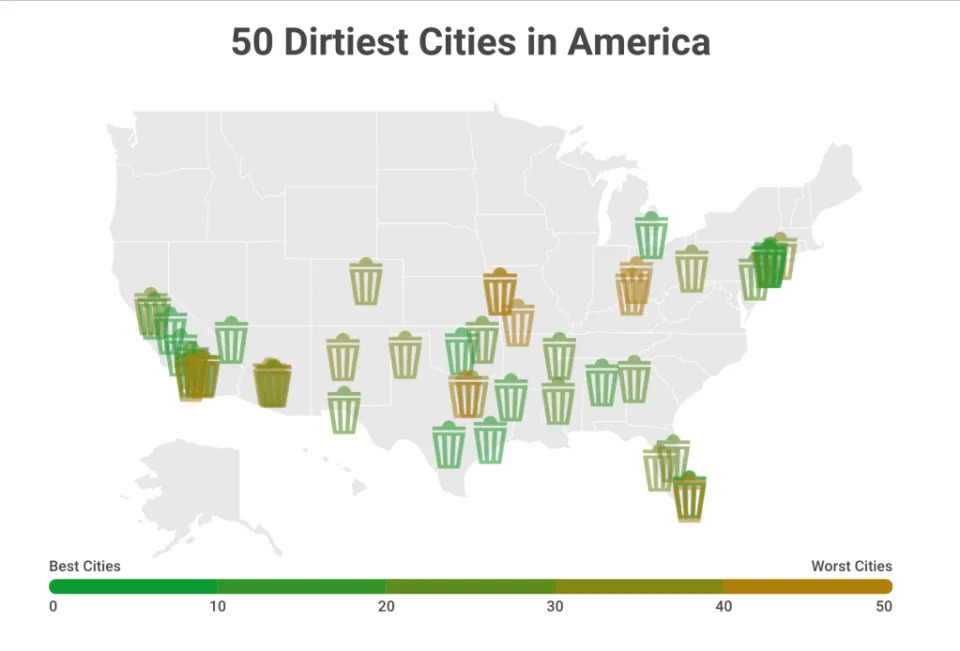Ariel Wittenberg – May 28, 2024
Summer burns in Phoenix.
Scorching pavement blisters uncovered skin. Pus oozes from burned feet and bacteria-teeming wounds fester under sweat-soaked bandages for people living on the street.
They might be the lucky ones.
Relentless heat led to 645 deaths last year in Maricopa County, the most ever documented in Arizona’s biggest metropolitan area. The soaring number of heat mortalities — a 1,000 percent increase over 10 years — comes as temperatures reach new highs amid exploding eviction rates in the Phoenix area, leading to a collision of homelessness and record-setting heat waves.
The crisis has left local officials searching for answers in a region that regularly relies on churches more than the government to save people’s lives by offering them a cool place to hide from the desert air.
Almost half of the victims last year were homeless — 290 people. Twenty died at bus stops, others were in tents, and an unrecorded number of people were found on the pavement, prone as if on a baking stone. More than 250 other people — who tended to be older, ill or unlucky — died in uncooled homes, on bikes or just going for a walk.
“There’s no getting away from it,” said George Roberts, who goes by “Country” and lived on the streets of Phoenix until a year ago. “You just try to find some shade and hope it keeps you cool enough to live.”
Phoenix officials are trying to reduce this year’s death count — but their fleeting plans hinge on temporary funding. They’re using nearly $2 million in federal pandemic-relief funding to operate new cooling centers. Unlike previous efforts, the centers will remain open into the evening, or even overnight, in areas with high heat death rates.
The splurge of one-time funds marks the first time there has been a significant federal investment to keep people safe from heat in America’s hottest city. Strapped-for-cash municipalities are often left to fend for themselves during withering heat waves.
Nowhere is that more true than in Phoenix, which is facing a collection of crises all at once: crashing budgets, rising homelessness and the prospects of a super-hot summer turbocharged by climate change.
It’s unclear what will happen to the new cooling centers when the pandemic funds run out in two years.
“We are lucky this year we have funding, but we need to be able to maintain that,” said Maricopa County Medical Director Rebecca Sunenshine. “It’s critical for people’s survival.”
‘Dog and pony show’
Phoenix’s heat safety net is struggling to save people, leaving officials who oversee the program bewildered at the lack of money as deaths soar.
With no stable federal funding, the location of cooling centers and bottled water distribution points changes each year, depending on whether fleeting resources will be provided by the city, county or state. Churches and local charities supplement government aid with their own donations of water and cool spaces.
That’s ludicrous, said David Hondula, Phoenix’s director of heat response and mitigation.
“Every winter in New England, are the churches trying to raise money to buy the snow plow? And then that’s the only snow plow the community has? I’m guessing not,” Hondula said in an interview.
Though heat has killed hundreds of people in Maricopa County every summer for the past four years, the idea that heat can be deadly is newly shocking to many decision-makers, said Melissa Guardaro, an extreme heat researcher at Arizona State University.
“Every year, we do a dog and pony show to cobble together funding,” she said. “Heat kills people who aren’t in the social circle of those in charge. And the people in power need to understand that it is through no fault of these vulnerable people that they are at risk.”
Last summer, there were about 117 cooling centers at libraries, community centers and churches throughout Maricopa County. But none of the centers in Phoenix were open overnight, when temperatures often remained above 90 degrees. Of the 17 centers operated by the city, just one was open Sundays — and only from 1 p.m. to 5 p.m.
Many private and public centers don’t allow pets, a rule that pushed some people to stay in the stifling heat with their dogs, according to surveys conducted by the county.
That’s flabbergasting to Austin Davis, who works with the homeless and in previous years has received grant funding to turn his personal minivan into a mobile cooling center.
“It’s like five months of complete crisis and danger for hundreds of people who don’t deserve to be in danger,” he said. “They’re told, ‘Well, church rules say we can’t have this person because they want to bring their dog.’”
“Well, this person and their dog might die today, then.”
Temperatures peaked above 110 degrees and rarely dipped lower than 95 at night for nearly 30 days in a row last July.
“It was just brutal, and it’s frustrating,” said Mark Bueno, outreach medical director for Circle the City, a nonprofit that provides health care to the homeless. Last summer, his doctors treated heat-caused dehydration, organ damage, pavement burns and rhabdomyolysis, a process of muscular breakdown linked to methamphetamine use.
“There’s a limit to what we can do for them,” he said. “I can give some extra water or an IV Bag, but it’s not going to solve the issue. What they really need is a house.”
The County Medical Examiner recorded 645 heat-related deaths last summer. Nearly 400 of them occurred in Phoenix, where half of all deaths were among the unhoused. One-third of all heat-related 911 calls in the city occurred outside of “regular business hours,” when cooling centers were closed.
“The consequences of not having extended-hour and overnight capacity became apparent last year,” said Hondula, the city’s heat official.
Pushed over the edge
Phoenix’s population is booming, making it the second-fastest growing U.S. city from 2021 to 2022, according to the U.S. Census Bureau. That’s also when heat deaths started to surge, after the U.S. Supreme Court ended a pandemic-era eviction moratorium, pushing more people onto the streets.
Now, heat is the second-biggest killer of homeless people in the county, behind drug overdoses. About 23 percent of homeless deaths are from heat alone, and another 18 percent involve both heat and drugs.
“So many people were living near the edge and got pushed over it,” said Jeff Johnston, chief medical examiner for Maricopa County, in an interview. “We’re still seeing the effects of that.”
The number of unhoused people in Maricopa County has doubled since 2017, hovering at roughly 9,600 people in January 2023. Rising rents have made the problem particularly stark in Phoenix, where in 2022 the number of people living on the street was nearly double the capacity of city-run homeless shelters.
In downtown Phoenix, a single encampment grew to an estimated 1,000 people in 2022, earning it the nickname “The Zone.” That same year, the city was sued twice over its treatment of homeless people.
First, businesses surrounding The Zone alleged the city was enabling a health and safety hazard by refusing to dismantle it, imperiling economic stability. In another lawsuit, a number of unhoused people represented by the American Civil Liberties Union alleged that city police were so aggressive in dismantling other homeless camps that they destroyed important documents like state I.D. cards and “survival items” like tents and bottled water. Those allegations were later included in a Department of Justice probe into the Phoenix Police Department.
“Both lawsuits were right,” said Elizabeth Venable, a homelessness advocate and plaintiff in one of the cases. “The city created the blight of The Zone by not addressing the homeless population in any way whatsoever. They didn’t build shelters, and they didn’t enforce anything, and it attracted everyone over there.”
Courts agreed. In summer 2023, as temperatures started to rise, the city was under dueling court orders to simultaneously begin clearing out The Zone before a mid-July court date, and preventing the city from enforcing no-camping ordinances and public sleeping bans against people who had nowhere else to go.
Venable believes the lawsuits may have helped save lives last summer by requiring the city to offer services to those being removed from The Zone. She hopes the city will be more proactive in helping its most vulnerable residents escape the heat this year, if only because they see it as “a liability.”
“A lot of people, even if they don’t empathize with people who live on the street or don’t want them to be able to camp out, they don’t really want them to literally bake on the sidewalk,” she said.
‘Surprising’ number of deaths
Hondula, the Phoenix heat official, is hoping a combination of data and federal cash can save lives — even if the city’s elected officials aren’t sold on his plan.
His team spent the winter looking at data from heat deaths and 911 calls to pinpoint city “hot spots” that will host new cooling centers this year.
Phoenix will operate two overnight cooling centers in the downtown area. In addition, three libraries will have respite centers with 50 beds each that will be open until 10 p.m. All the sites will be open seven days a week from May through September. Visitors will be steered toward services such as energy assistance, mental health, homeless shelters and substance abuse treatment programs.
“We are surging resources to these locations in the hopes that it helps people get out of the heat, but also get out of unsheltered homelessness,” Hondula said. “We are trying to solve the upstream challenges in addition to the immediate lifesaving mission.”
Not everyone in city leadership appreciates that plan. Though the City Council recognizes heat as a danger to residents, some members have questioned using city resources to protect the homeless.
At a February meeting, multiple councilors noted that libraries and senior centers have seen budget cuts, and said it wasn’t fair to open them to homeless people.
Councilman Jim Waring expressed disbelief that the program would lead to homeless people getting treatment for addiction or mental heath issues. The cooling initiative was taking resources away from tax-paying families, he said.
“Do I really think some hard-core meth addict is going to walk into the backroom of one of our libraries and turn [their life] around? No I don’t. That doesn’t seem realistic to me in any way,” Waring said. “I appreciate you guys are trying, but at some point we are crowding out the people who are paying for all of this and making their facilities less inviting.”
He did not respond to requests for comment.
The debate over which city residents deserve heat protection is on hold, for now, thanks to the American Rescue Plan. The federal Covid relief package passed in 2021 is funding half of the $3.5 million cost of operating the city’s cooling centers this summer, and the city has also relied on the measure to fund a shelter building blitz, expanding its number of beds by roughly 800 by next year. Maricopa County is also getting cooling money from the program.
“This is really the first time that there is significant federal funding in the heat relief network,” said Sunenshine, the county’s medical director.
But she worries about what will happen when the money disappears in 2026.
The high death toll last summer prompted soul-searching at the state level, resulting in a 55-page “Extreme Heat Preparedness Plan.” Democratic Gov. Katie Hobbs hired a statewide cooling center coordinator and a chief heat officer.
“It was surprising to see the number of deaths in Maricopa County, which has the most resources,” said newly minted chief heat officer Eugene Livar, in an interview. “But with all those efforts in place there is always something more that can be done if we have resources for that expansion.”
Around the same time the pandemic funding runs out, the city will also lose $130 million in tax revenue due to a change in state law.
Hondula says he “can only hope” the city’s budget office will have found a solution by then.
CLARIFICATION: This story has been edited to use a more precise term to describe the effects of rhabdomyolysis.



























 Graduate Ceremony
Graduate Ceremony